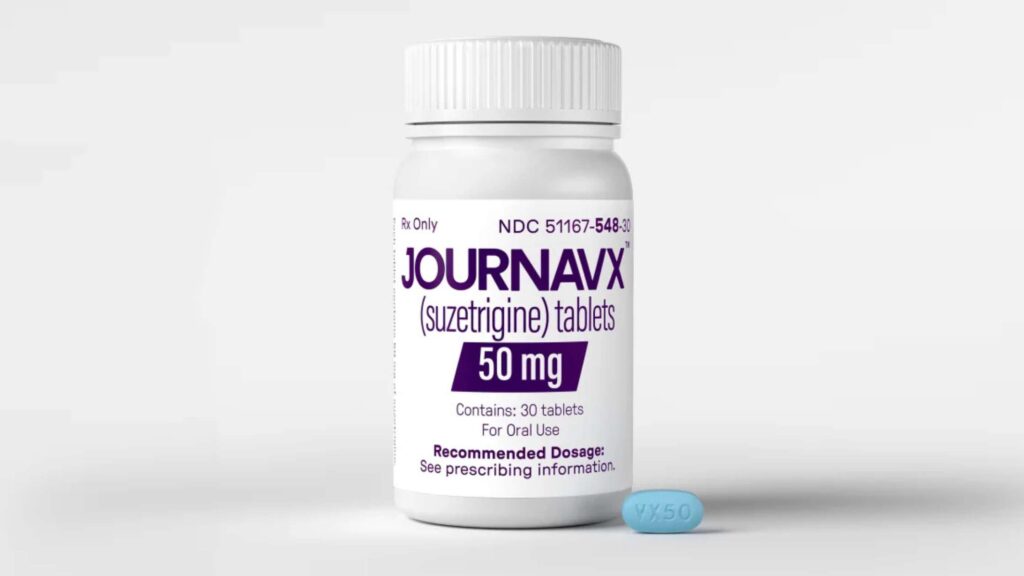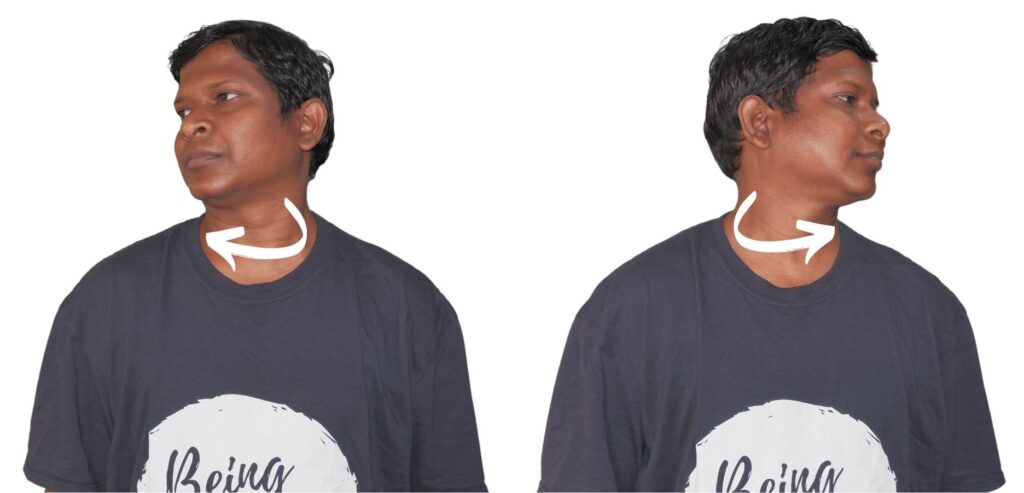
We all take pain medication for pain, which are mostly opioid-based medications that come with various side effects. However, in a recent medical breakthrough, after 20 years the US FDA has approved a new type of pain killer that has no or minimal side effects.
The name of this newer painkiller is, suzetrigine, developed by Vertex Pharmaceuticals. This is a 50-milligram pill non-opioid analgesics will be sold under the brand name Journavx.
This breakthrough news was released on the FDA news release and is a great relief for all of us since everyone needs painkillers at some point. and we all are aware of the side effects a traditional painkiller comes with. With this new non-opioid analgesic, these side effects will be greatly reduced.
Let’s dive into what this non-opioid painkiller is, how it works in our body, and what research and experiments led to this remarkable development.
FDA approves non-opioid pain medication after 20 years
On January 30, 2025, the US Food And Drug Administration (FDA), which approves medicines, approved this non-opioid painkiller that took researchers 20 years to develop.
The press release by the US FDA quoted, “Today’s approval is an important public health milestone in acute pain management,” said Jacqueline Corrigan-Curay, J.D., M.D., acting director of the FDA’s Center for Drug Evaluation and Research. “A new non-opioid analgesic therapeutic class for acute pain offers an opportunity to mitigate certain risks associated with using an opioid for pain and provides patients with another treatment option. This action and the agency’s designations to expedite the drug’s development and review underscore FDA’s commitment to approving safe and effective alternatives to opioids for pain management.”
What could be the cost and accessibility
According to news websites CNN, this painkiller is currently quite expensive, with a 50mg tablet costing around 15 US dollars (approximately 1,400 Indian rupees), which is beyond the reach of the common person.
However, I feel that as production will increase in the future, it’s expected that the cost will reduce, making it more affordable for the general public.
This painkiller is only indicated for acute and sub-acute pain. Acute pain refers to immediate pain, such as pain after an injury or surgery.
For example, if someone has a ligament injury (ACL injuries are common in sports personalities), the immediate pain is called acute pain. As this pain becomes older, lasting one or two months, it’s classified as chronic pain. This new non-opioid painkiller is specifically designed for acute pain management.
Opioid vs. Non-Opioid: The Key Differences
Now, let’s understand the difference between opioid-based analgesics and non-opioid-based analgesics.
1: The components of opioid and non-opioids analgesics
Opioid-based painkillers contain opioids that make our body drowsy, dull our brain temporarily, and have various other side effects. To eliminate these side effects, developing non-opioid analgesics was crucial.
Researchers worked for 20 years on this, and finally, they’ve developed a solution that doesn’t have these side effects.
2: How both work differently to reduce pain
Another difference lies in how these medicines work. Opioid-based analgesics directly dull the pain sensation on the brain.
To make it simpler, let me explain how pain is felt: Let us take an example when you get a scratch or burn on your skin. The sensory nerves responsible for carrying pain sensation carry the pain stimulation to our brain. The brain processes this information, and we feel pain.
Opioid-based painkillers work to dull this pain sensation process in the brain resulting in side effects like drowsiness, and dullness.
However, non-opioid painkillers work quite differently. They block this stimulation before it reaches the brain, which can be understood through the pain gate theory. If the pain sensation or stimulus doesn’t reach our brain, we won’t feel pain.
How is this in particular going to benefit person recovering post-surgically
Well, it’s great news for everyone, but especially for physiotherapists because we often need to work with patients post-operatively.
For instance, after ACL surgery, we need to follow post-operative ACL physiotherapy protocols and exercise regimens. When patients take opioid analgesics, they become dull and can’t exercise properly.
With non-opioid analgesics, doctors can prescribe medication that reduces pain while allowing patients to exercise effectively.
Impact on Sports Medicine
This is particularly valuable in sports physiotherapy. Imagine during a football, hockey, or any athletic event, if someone gets injured mid-field.
We can now consider prescribing this non-opioid painkiller that will manage pain without compromising performance.
Keep Reading: Back pain medication linked to increased adverse events, study warns
The author is a physiotherapist who has been practising for the last 17 years. He owns a successful physiotherapy clinic named "Physiofirst" in Rourkela, Odisha, India.
He holds a Bachelor's in Physiotherapy (BPT) from SVNIRTAR (Swami Vivekananda National Institute of Rehabilitation and Research), one of the prestigious physiotherapy schools in India.
Taking every pain and disability case as a challenge is his motto. Whatever he learns dealing with his patient, he shares it with the world through blogs and e-books.
He also owns a blog, www.physiosunit.com and a YouTube channel, "Sunit Physiotherapist" with over 8 lakh active subscribers. Here, he shares everything he gets to learn serving the patient. His knowledge and invaluable experience in the field are proving beneficial to many.
Email him: sunitekka@gmail.com
Phone: +91-9178817004
Join him: www.facebook.com/physiocapsule





